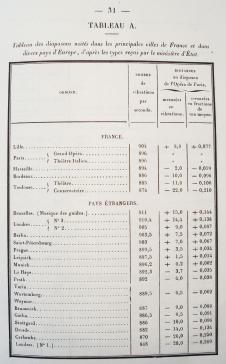Now commonly adopted as the point of reference for musicians in the Western world, A 440hz only became the standard pitch during an international conference held in 1939. The adoption of this norm was the result of decades of international negotiations involving a surprising mix of actors. If performers first raised the cry for musical standardization, composers were quick to follow in order to assert their authority in the field of aesthetics. At the same time, instrument builders’ participation in the negotiations revealed the stakes that standardization held for the sale of their products internationally, while physicists were determined to rationally determine the most accurate pitch for performance. Finally, representatives of different state ministries were eager to impose their nations’ norms as a sign of their superiority. Which actors and countries were empowered in the negotiations? What were the procedures that led to the adoption of A 440 as a standard? By answering such questions, the project demonstrates the aesthetic, political, scientific, and industrial contingencies underlying the construction of one of the most “natural” objects of contemporary musical performance, itself the result of a cacophony of competing views and interests, and maps the forces aiming literally to tune the world.

Tableau des diapasons usités dans les principales villes de France et dans divers pays d'Europe, d'après les types reçus par le ministère d'État
Project
(2016-2020)
